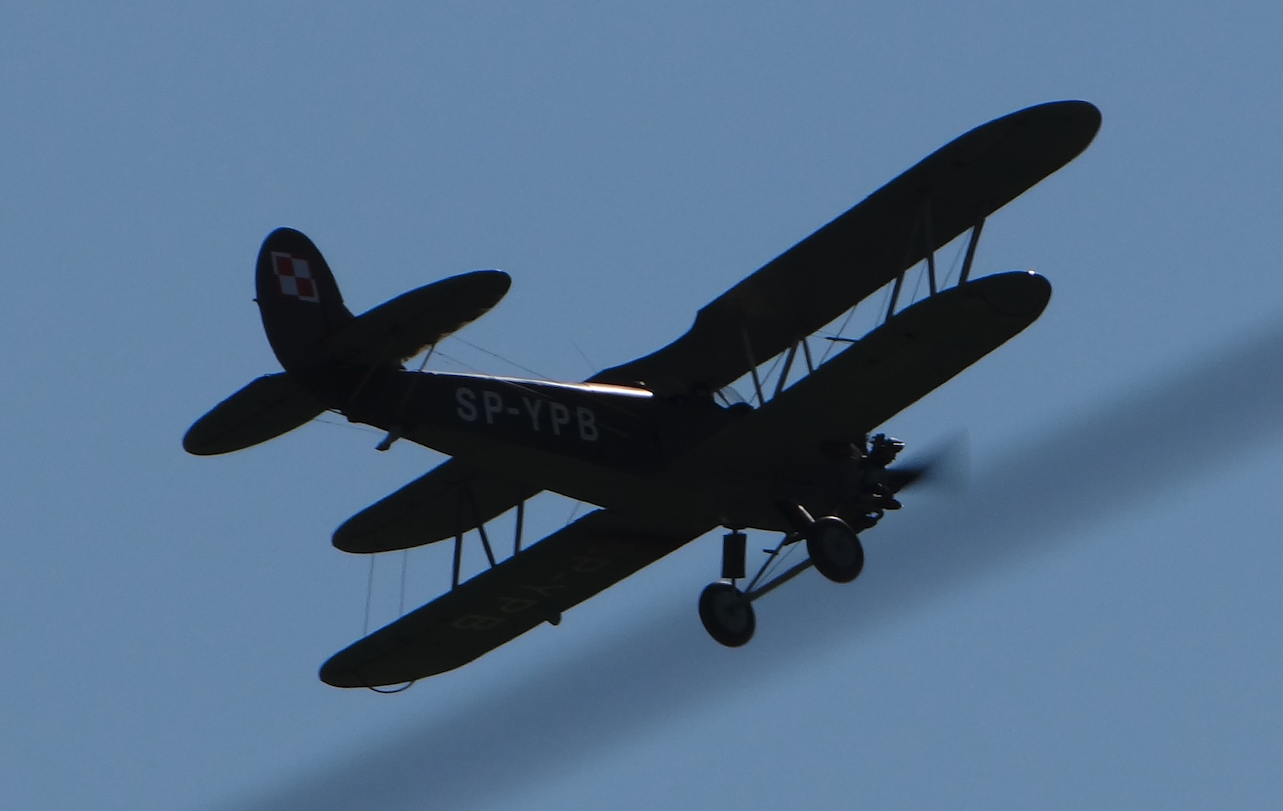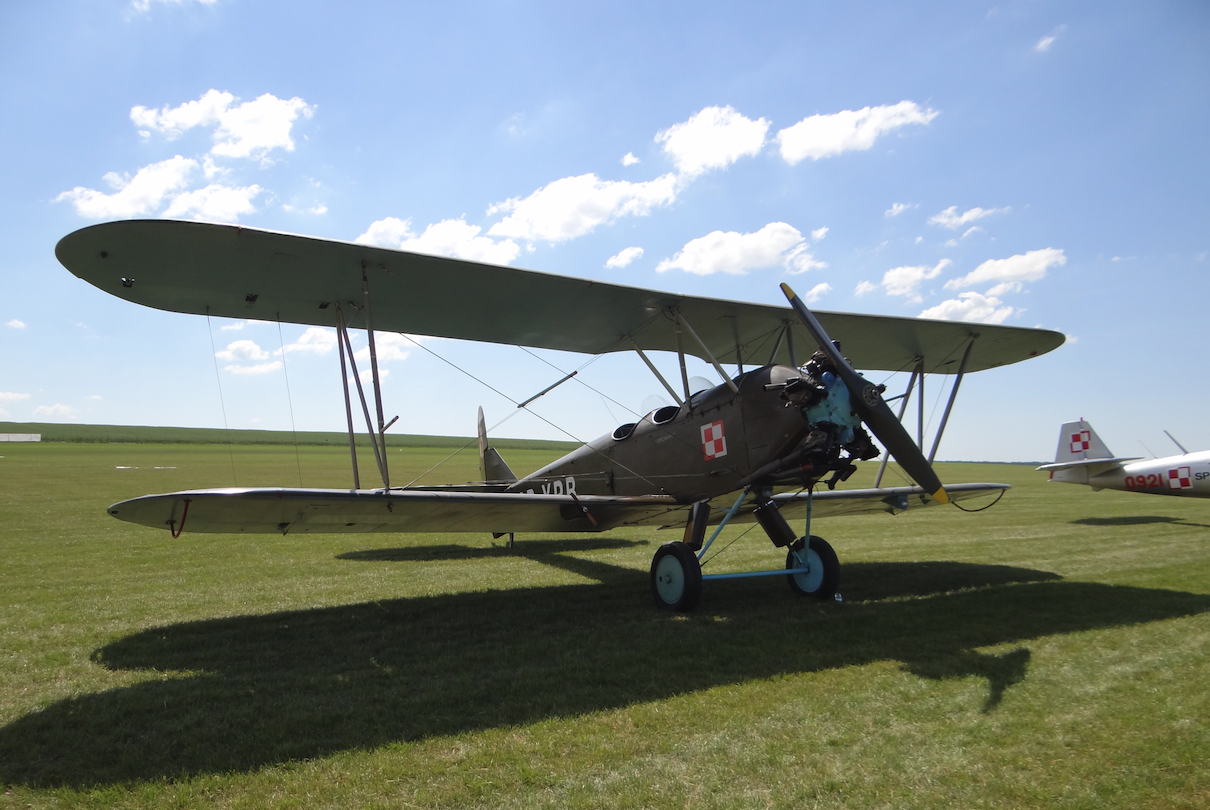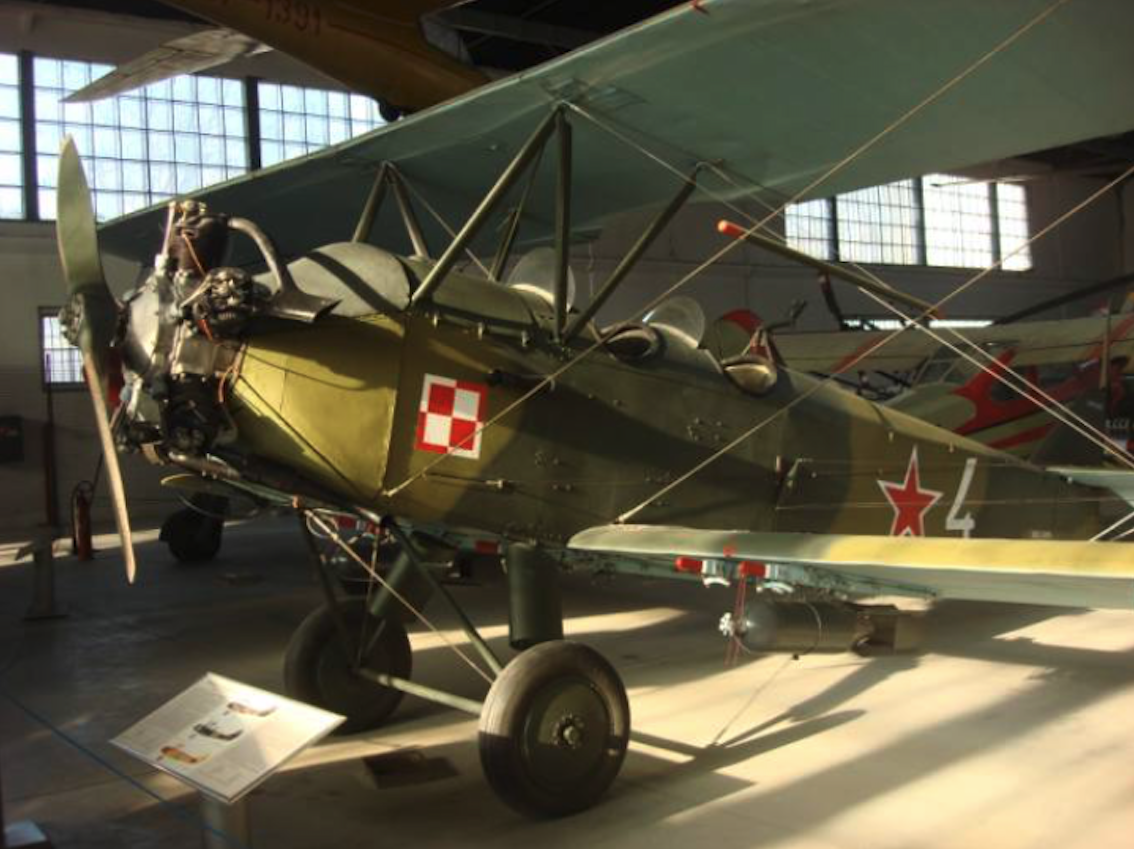Kraków 2011-08-22
History
064b Section 1948.12.18.
PZL CSS-13, S-13.
The CSS-13 aircraft is the Polish version of the Polkarpow Po-2 aircraft. The CSS-13 aircraft was manufactured in Poland at plants in Okęcie and Mielec.
The production of the aircraft, under the designation CSS-13, was launched at PZL Mielec in 1948. In December 1948, the prototype of the machine with the serial number 48-013 and registration marks SP-AKZ left the factory. The first flight was made on December 18, 1948, and the pilots were Ludwik Lech and Kazimierz Tyrlik.
The following months were spent on flight tests and the preparation of serial production. On September 2, 1949, the first CSS-13 serial machine was tested. The plane had the serial number 49-015 and registration marks SP-AWO. The pilots were Ludwik Lech and Roman Lewandowski.
Two factories undertook the production of the M-11 D engines; PZL Rzeszów and PZL Wrocław Engine Factory No. 3 "Fasil". The propellers were produced by WSK No. 4 in Okęcie. The instruments and accessories were manufactured at WSK Warszawa II.
In 1949, at the Institute of Aviation, the aircraft was approved for mass production.
The CSS-13, like the Po-2, was characterized by poor performance. It lifted off the ground quickly, but the power of the powertrain was definitely lacking. Unable to perform higher pilot figures. He was dangerous in deep heels. He forgave novice pilots for many mistakes (due to the low forward speed), but on the condition that the pilot did not get close to critical values. Nevertheless, it was suitable for learning basic piloting. Due to its Spartan design, it was simple and easy to use. Exploitation did not require extensive technical facilities and highly qualified mechanics.
The production of the aircraft was completed in 1955, after about 320 machines were released from WSK Okęcie. Adding to this 180 machines built in Mielec, this gives the number of around 500. Out of this number, about 300 machines went to the Polish Army, 180 to flying clubs and 20 to export. Also in 1957, the construction of the M-11 engines in the D and FR versions was completed in Kalisz. In total, over 1,500 engines were built.
Written by Karol Placha Hetman



